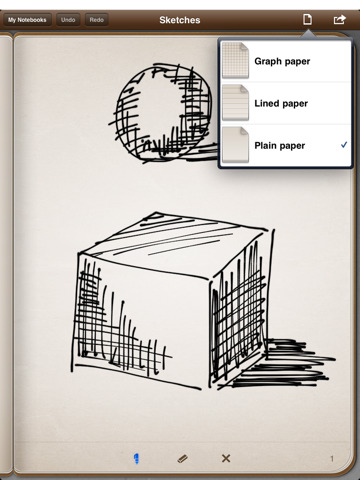| Photo courtesy of National Gardening Association |
To paraphrase Dylan in the worst possible way: the times they are a changin'. And so has the USDA's Climate Zone map. The last map was issued in 1990 and the new map uses 30 years of data from 1976 to 2005 to offer a more accurate map. In addition with the advent of digital GIS information, the USDA has data available for this analysis that did not exist or had yet to be digitally compiled previously.
These maps list average minimum temperatures for different latitudinal zones. Each zone is based on 10 degrees Fahrenheit with Zone 1 as the coldest (-60 to -50) and Zone 13 is hottest (60 to 70) (found only on Hawaii and Puerto Rico). Two new zones were added in hotter climates this year for a total of 13 zones.
So does this mean that climate change is real? Is the jury really still out on this one?
Watch the video here:
To find out your zone check out this site:
Citation:
http://www.usatoday.com/news/nation/environment/story/2012-01-26/USDA-climate-zone-map/52787142/1


























